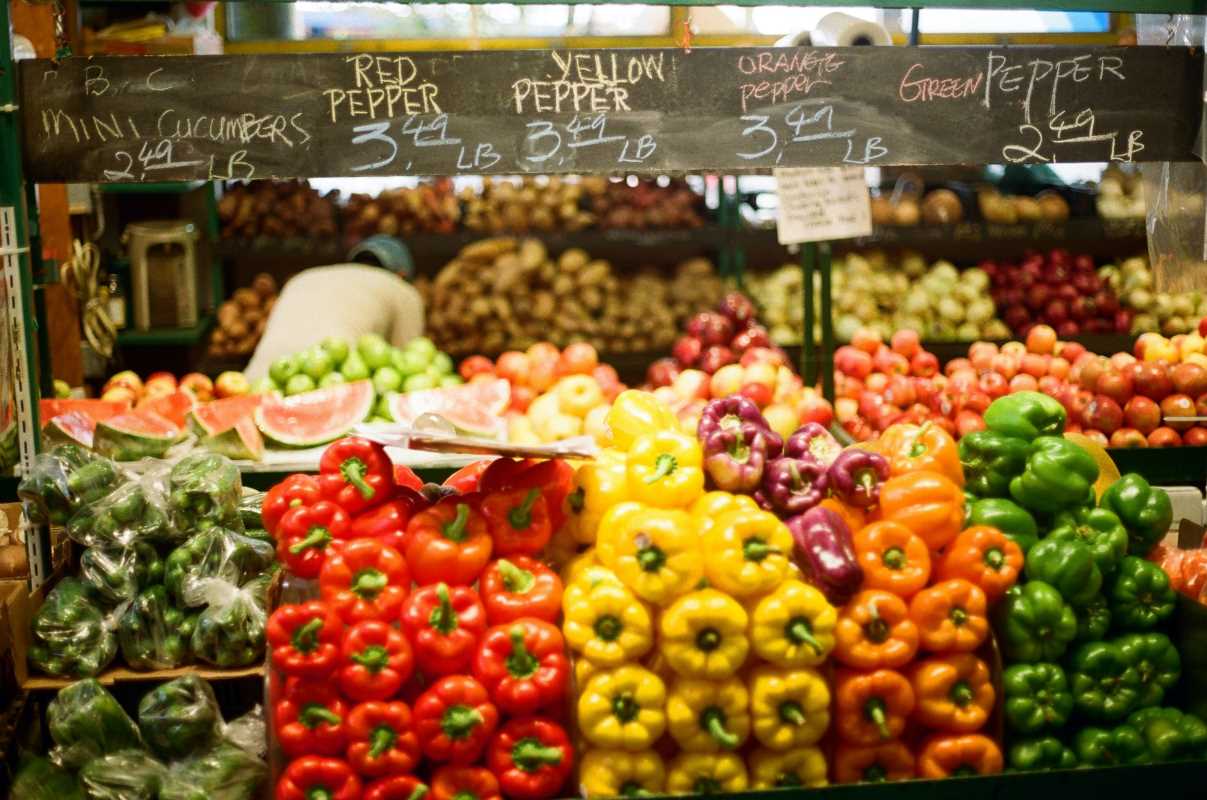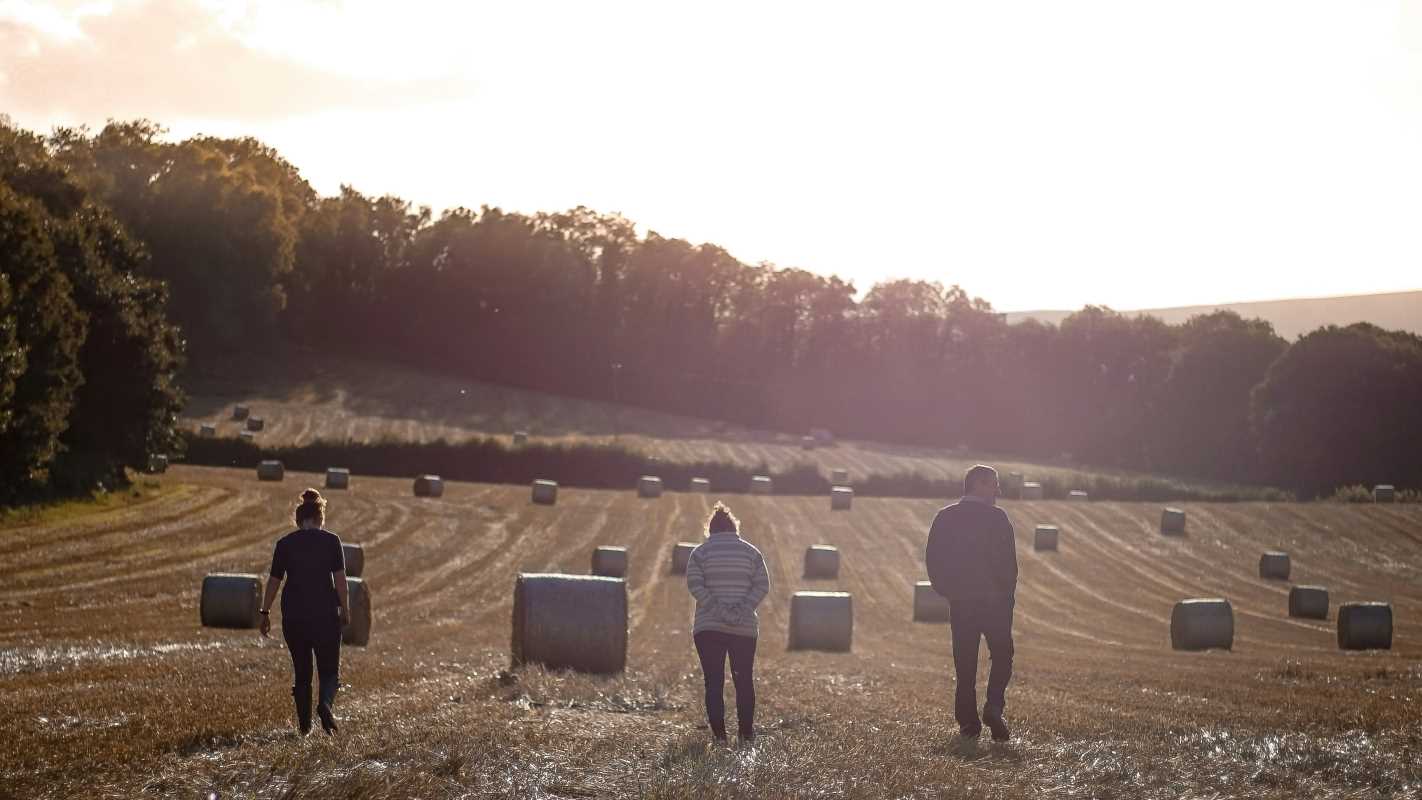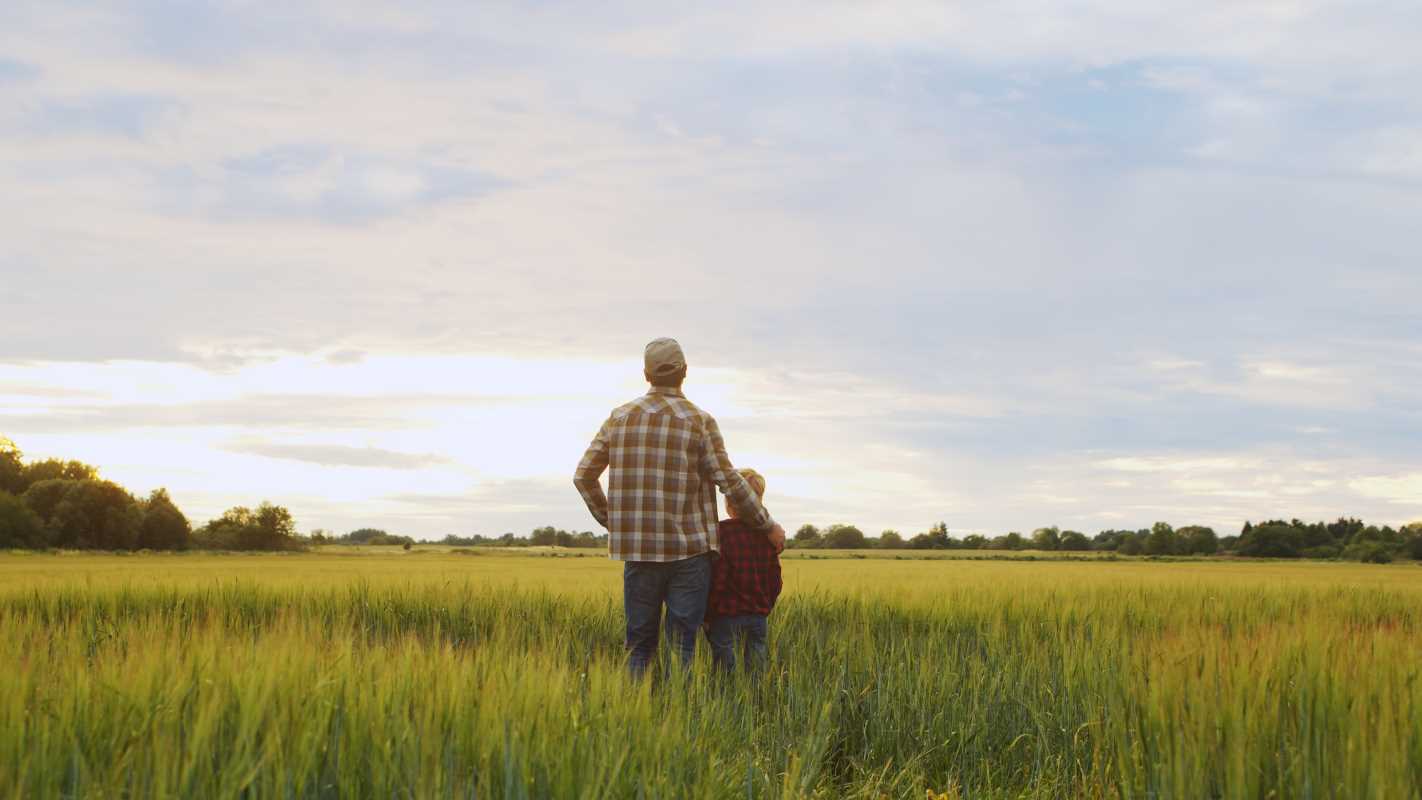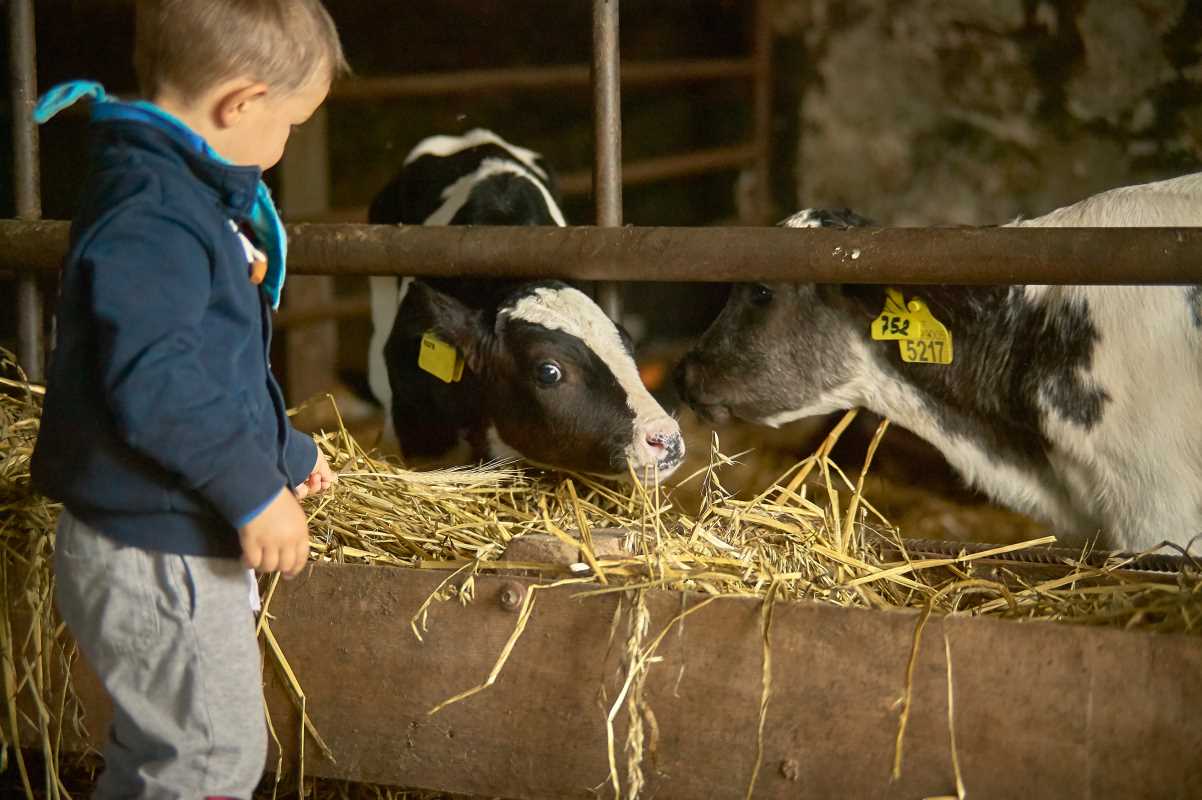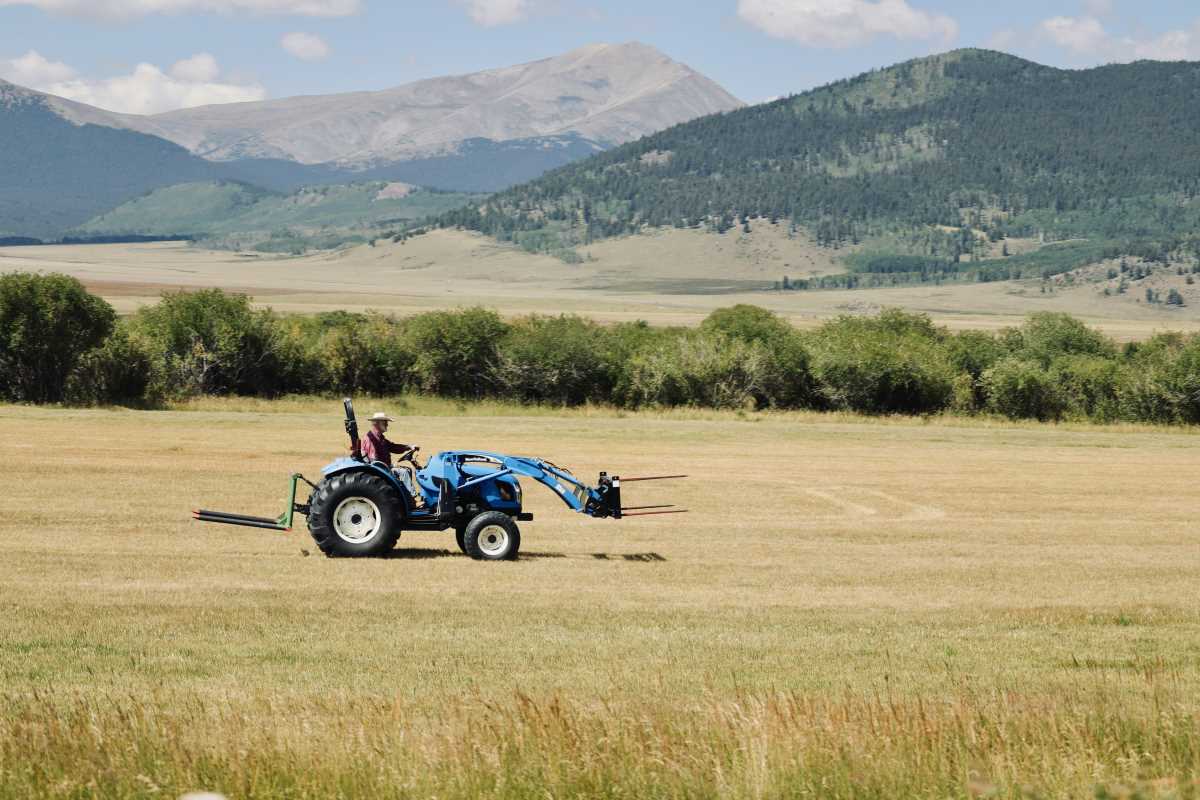Living on a remote homestead often brings specific challenges to acquiring new skills, especially when resources and training centers lie far away or internet connections falter. Demanding schedules during the harvest add to these obstacles, making it tough to access practical knowledge when you need it most. Fortunately, a range of online resources now addresses the needs of those in rural settings. This guide explores top choices for hands-on agricultural education, tips for maintaining steady connections, and practical advice for putting what you learn into action on your land. Discover how to select suitable digital platforms, make the most of your data, and translate online lessons into tangible improvements.
Understanding Distance Learning in Agricultural Areas
Learning at a distance comes in several formats. You can mix and match to find what fits your schedule, bandwidth and field needs.
- Self-Paced Modules
- Courses let you start and stop whenever works best. These often include recorded videos, readings and quizzes you can revisit during slow seasons or on stormy days.
- Live Webinars
- Instructors teach in real time. You can ask questions and get feedback instantly, but you’ll need to reserve evening or midday slots when the chores pause.
- Blended Learning
- This model mixes online classes with occasional in-person meetings or field days. Hosted by local co-ops or extension offices, these sessions give hands-on guidance.
- Community Forums
- Discussion boards and social media groups dedicated to farming topics let you crowdsource tips. These spaces often have both experts and neighbors sharing field-tested tricks.
Mixing models helps you balance practical experience with expert instruction. Start with self-paced lessons for basics, then join live Q&A sessions to deepen your understanding.
Connectivity Solutions for Remote Locations
Strong internet is the backbone of distance learning, but remote areas often lack stable lines. You can work around that with a mix of tech and tactics.
- Fixed Wireless Broadband
- Local providers beam internet via radio towers. Speeds reach fine levels for video lessons if you point the antenna toward the nearest tower.
- Satellite Internet
- Modern systems deliver decent download rates, even far from cities. Watch for data caps and schedule firmware updates overnight to save on daytime bandwidth.
- Mobile Hotspots
- Cellular signals can be weak, but a high-gain antenna can pull in a usable connection. Preload videos before heading into the fields.
- Offline Course Bundles
- Some platforms let you download full modules and quizzes. Sync your progress when you head to town for supplies.
Match your schedule with your internet windows. For example, stream live classes right after dawn, then focus on hands-on tasks when the connection weakens.
Top Online Platforms and Courses
Coursera and EdX host university-level classes on soil science, crop rotation and livestock health. Many offer financial aid or free auditing, so you can learn core topics at no cost.
Subscription services such as Skillshare and Udemy feature short workshops on drone mapping, beekeeping and small-scale irrigation. Instructors upload bite-sized videos you can revisit anytime.
Nonprofits like FutureLearn partner with agricultural institutes to deliver specialized courses on agroforestry and sustainable ranching. Enrollment periods may open only once a year, so keep an eye on the calendar.
Local extension services often host free webinars on pest management, soil tests and grant opportunities. These sessions connect you with regional experts and share real-world trial results from nearby farms.
When you select a platform, look for hands-on assignments that allow you to apply lessons on your land immediately. Platforms that offer peer review can provide extra feedback from other growers facing similar climates and soil types.
Tips for Effective Learning and Application
Turning online lessons into productive fields requires planning and practice. Follow this roadmap to make your efforts effective.
- Plan Micro-Projects
- Divide a large goal—like installing drip irrigation—into weekly steps. Watch a short video on tubing layout, then map a small section of your garden before the weekend.
- Set Time for Study Sessions
- Reserve consistent times: early morning readings and midday quizzes. Use alerts on your phone to ensure you don’t skip a module during busy harvests.
- Join Local Study Groups
- Form a group with neighbors who share slow seasons. Swap devices to test different platforms and discuss how each lesson fits your terrain.
- Keep Track of Field Trials
- Maintain a simple log: date, weather, materials used and results. Compare these notes to online case studies to improve your approach.
- Arrange Expert Consultations
- Many courses include office hours or one-on-one calls. Prepare specific questions—like seed spacing in clay soil—to get precise advice.
Applying these steps turns digital lessons into real-world skills. You’ll progress faster when you test each new method on a small plot before expanding across your land.
Courses for rural settings give you practical skills you can use immediately. Combine a reliable internet plan with community support to improve your farm’s productivity. Start your first module this week and continue building through hands-on trials.
 (Image via
(Image via